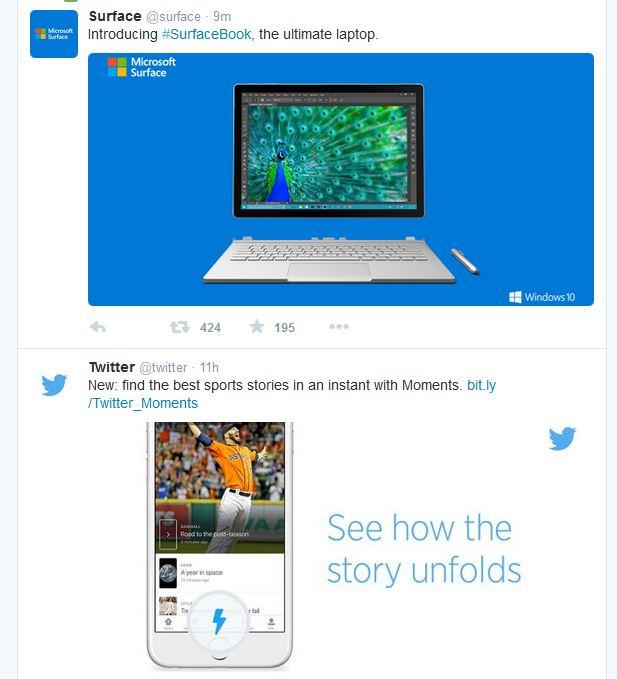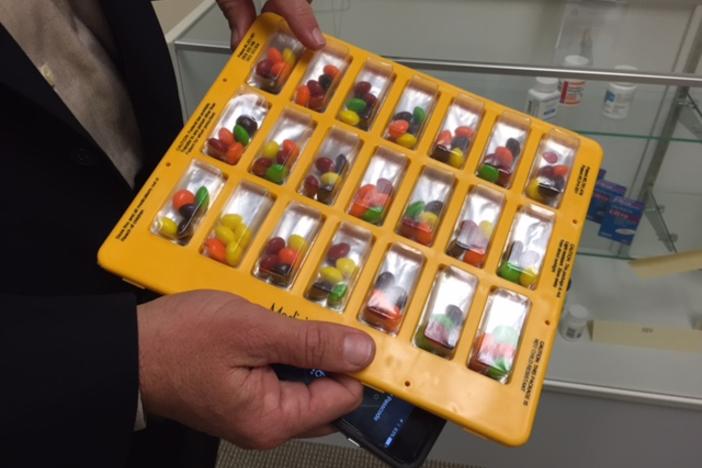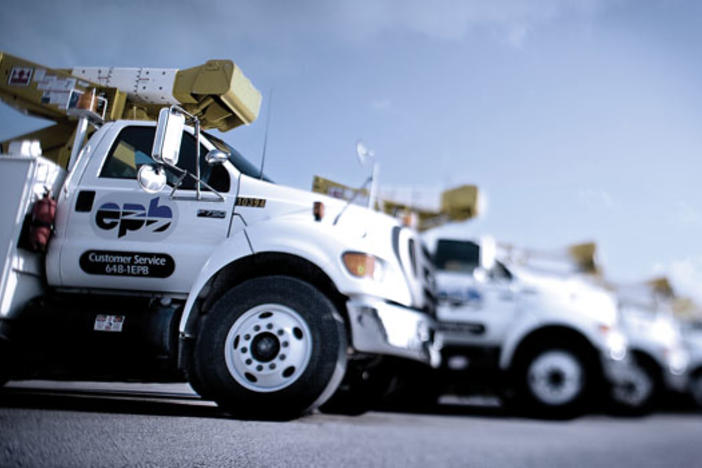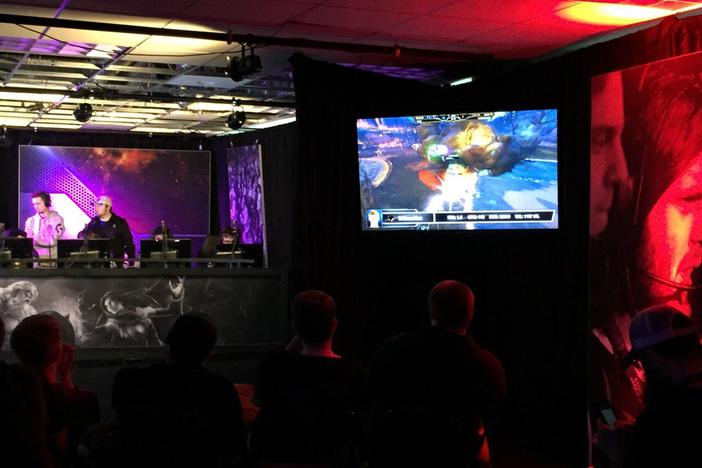
Section Branding
Header Content
Microsoft's Surface Book, Twitter's Moments: New Products, New Directions
Primary Content

One company belongs to the Legacy Technology Club, with software that changed the way we did business in the computer and web eras. But then it watched as others became better at innovation and marketing. The other company is a charter member of the Social Media Startup Club with a buzzy network that quickly joined the mainstream. But then it watched as others used its own product better than it did.
On Tuesday, both Microsoft and Twitter introduced products designed to get them back in the innovation conversation. In that respect, both accomplished their missions.
First to Microsoft, which was finally able to walk the software tightrope when it took the wraps off Windows 10 a year ago under new CEO Satya Nadella's direction. Judging from most reviews, the company signature software pleased those who live in both the desktop and mobile/tablet worlds. Windows 10 garnered good reviews for features like its new web browser Edge, better support for touchscreens, and integration of its voice recognition assistant Cortana. It also brought back the Start menu, giving longtime users some sense of familiarity.
Yet Microsoft really only had the Surface Pro 3 on which to show Windows 10's charms. That changed Tuesday during the company's Windows Devices event. The star of the show? The Surface Book, the company's first laptop computer with detachable 13.5-inch screen. Microsoft also unveiled the Surface Pro 4, a skinnier update of its hybrid tablet. Three new Lumia phones powered by Windows 10 were shown off, as was a redesigned Microsoft Band fitness wearable, this one made of Gorilla Glass. And while most of this new hardware was given the glossy, lets-celebrate-creatives marketing treatment perfected by Apple and recently copied by Microsoft, it quickly became clear listening to company devices evangelist Panos Panay that most of these devices are targeting the enterprise - traditionally Microsoft's strength.
Since it's football season (where NFL coaches and players study X's and O's on their sidelines using Surface tablets) let's talk matchups, shall we? The Surface Pro 4 (starting at $899) is set to take on the iPad Pro, Apple's tablet update set to go on sale in November. The iPad Pro comes with the cool Apple Pencil stylus, but the Surface Pro 4 stylus attaches via magnet to the tablet and also can call up Cortana by pressing the top button. And it has an eraser. An eraser!
The Surface Book (starting at $1599), with a hinge that reminds me of an 60s-era Timex watchband, goes head-to-head against the MacBook Pro. It has the specs to keep up with Apple's workhorse laptop, but adds the ability to remove the screen for use as a clipboard, or you can turn it around to make the whole thing a convertible, just like Lenovo's Yoga line. It also supports touchscreen and stylus input.
Even the Lumia 950 ($549) and 950 XL ($649) smartphones Microsoft introduced Tuesday have enterprise written all over them. Attach them to a new Microsoft Display Dock (three USB ports, HDMI and Display ports) and then attach a monitor, keyboard and mouse, and you've got a Windows 10 PC.
It's interesting that after so many years of a Microsoft-Apple cold war, Nadella's company is now practicing detente with Office for iPad, and generally being less restrictive with its software and developer relationships than previous administrations. Yet it continues to take on industry heavyweights in hardware - not just Apple with tablets and Apple/Dell/Acer/HP with laptops, but Fitbit/Samsung in wearables and Apple/Samsung in smartphones. Nadella is gambling that his company's R&D department can claim back the innovation crown, and it's entertaining to watch this new Microsoft once again assert its relevancy.
Twitter's initial innovation was that it became your own personal real-time wire service, curated by people you are influenced by whose opinions you respect. Links to stories (and later photos/videos) came with pithy/snarky opinions, all in 140 characters or less. Along with Facebook and LinkedIn, it helped define the social media space, largely through its use by media organizations during breaking news or when we all chime in during events like the Academy Awards or Super Bowl. When celebrities or brands use it wrong, hilarity - and news copy - usually ensues. When people speak of the "second screen" effect, they're mostly talking about Twitter.
Yet the company, now publicly traded and under pressure to make money, needed to reclaim the curation title in much the same way that Microsoft had to reignite the coolness quotient in its products. It also has to tamp down the firehose-of-information effect that can inundate users and scare them away. Hence the new Moments feature released on Tuesday.
Moments gets its own icon at the bottom of your smartphone screen, or the top of the screen on desktops. Clicking on that icon brings you the latest tweets in categories including Today, News, Sports, Entertainment and Fun. Those tweets are selected by Twitter's curators, helping you navigate whatever is making news at the time. Media partners like the New York Times, Bloomberg, Fox News and BuzzFeed get first crack at helping out with Moments. You still get the options to follow, share or direct message those doing the tweeting in Moments.
While Moments helps make Twitter more manageable on the desktop, it's on mobile where the design really takes off. Videos and photos go full-screen and become effective media slideshows with accompanying tweets in smaller type at the bottom. Click on the News tab and tap the "South Carolina floods break dams" and your smartphone screen overflows with out-of-control rivers and homeowners loading belongings onto boats. This has always been Twitter's reason for being: an easy way to anyone to share news events as they happen to a big audience. Yet in cases like this, Moments can make certain stories even more compelling.
With Moments, Twitter develops its own "greatest hits" service based on what everybody is talking about. Its most valuable innovation may be in luring new users so they can join that conversation.
Secondary Content
Bottom Content





